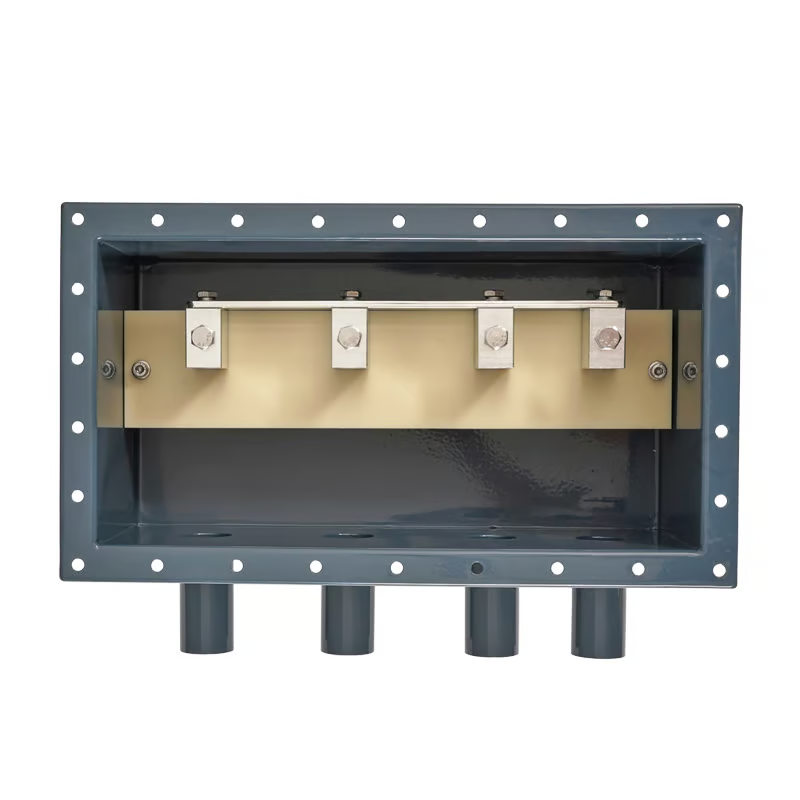Introduction
Direct grounding box is a device that plays a crucial role in grounding electrical circuits. By providing a direct path for the discharge of electrical charges, grounding boxes protect electrical equipment from damage and prevent electrocution. In this article, we delve deeper into the concept of Direct Grounding Box and its function.
What is Direct Grounding Box?
Direct Grounding Box is a type of enclosure that contains components that connect to the earth to provide a low-impedance path for the flow of electrical charges. In essence, the Direct Grounding Box acts as a pathway that allows electrical charges to be conducted safely to the earth.
Why is Direct Grounding Box important?
The importance of Direct Grounding Box is tied to the fact that the earth is used as a reference point for electrical circuits. Without proper grounding, electrical charges may build-up within an electrical installation, leading to potential hazards such as electrocution or fire.
How does Direct Grounding Box work?
Direct Grounding Box works by providing a low-impedance path to channel electrical charges into the earth. The box is connected to an electrical installation using conductors, and its internal components are set up in such a way that they facilitate efficient grounding.
Types of Direct Grounding Box
There are various types of Direct Grounding Box, and they are typically categorized based on the equipment they are used to protect. For instance, some boxes are designed for telecommunication lines, while others are intended for use in power generators or substations.
Benefits of Direct Grounding Box
One of the critical benefits of Direct Grounding Box is that it helps to mitigate the risks associated with electrical faults by providing a low impedance path for the discharge of electrical charges. Besides, grounding boxes enhance electrical safety, improve equipment performance, and reduce the cost of equipment repair and maintenance.
Installation of Direct Grounding Box
The installation of Direct Grounding Box should be done by a qualified electrician to ensure that the box functions optimally. The electrician should have a thorough understanding of the electrical installation to determine the most suitable location for the box. Proper installation will ensure that the box performs its grounding function accurately.
Considerations when choosing Direct Grounding Box
When selecting a Direct Grounding Box, it is essential to consider factors such as the environment where it will be installed, the type of equipment it will protect, and the grounding requirements of the installation. The box should meet the relevant industry standards, and the manufacturer should provide appropriate documentation for installation and maintenance.
Maintenance of Direct Grounding Box
Direct Grounding Box should be regularly inspected to ensure that it is functioning correctly. The box should be kept clean and free from debris to prevent damage to the internal components. As with installation, maintenance should be carried out by a qualified electrician.
Conclusion
Direct Grounding Box is a critical component of any electrical installation. It provides a safe pathway for the discharge of electrical charges and protects electrical equipment from damage and prevents electrocution. Choosing the right box, proper installation, and regular maintenance are crucial for optimal performance.

